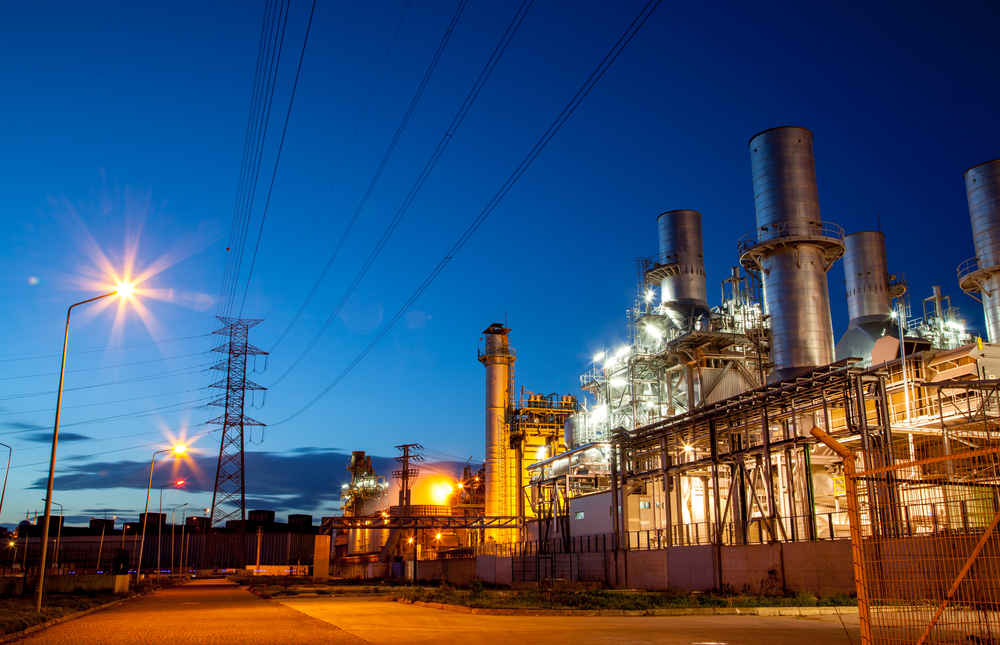The Power Principle
Energy prices have a significant impact on household expenditures, industrial costs and business competitiveness. Governments around the world are seeking to bring greenhouse gas emissions down to net zero and limit the worst effects of climate change. This is set to redefine global energy security to include the supply of the minerals, materials and manufacturing capacity needed to deliver clean energy technologies.
“The pressure on these supply chains from COVID-related lockdowns has been compounded by Russia’s invasion of Ukraine, with supply disruptions and soaring prices affecting a wide range of key commodities. This turmoil risks undermining the pace of clean energy transitions, such as by hindering the production of EVs or the deployment of renewables, calling for astute action by governments to counter these challenges,” commented the IEA (International Energy Agency).
“To durably address the challenges we are facing from today’s global energy crisis, we need an immediate and massive expansion of clean energy technologies to build a resilient and affordable energy system. Establishing secure and sustainable supply chains for these technologies is essential,” it added.
A global energy crisis
The International Energy Agency has been warning for many months that the world is experiencing the first truly global energy crisis in history – and the coming months will be particularly challenging.
The natural gas crisis in Europe has been building for a while. In September 2021 – five months before Russia’s invasion of Ukraine – the IEA pointed out that Russia was preventing a significant amount of gas from reaching Europe. The Agency raised the alarm further in January, with executive director Fatih Birol highlighting that Russia’s large and unjustified reductions in supplies to Europe were creating “artificial tightness” in markets and driving up prices at exactly the same time as tensions were rising over Ukraine.
Following Russia’s attack on Ukraine in February, the IEA has responded rapidly with vital analysis, policy advice and support for governments, including the 10-Point Plan to “Reduce the European Union’s Reliance on Russian Natural Gas” that was published a week after the invasion.
“Renewable power generation is growing faster than overall demand in 2022, leading to a slight decline in global power sector CO2 emissions, despite the rising coal use in Europe amid gas crisis,” said the IEA.
The world’s electricity demand growth is slowing sharply in 2022 from its strong recovery the previous year as economic growth weakens and energy prices soar following Russia’s invasion of Ukraine, according to the IEA’s latest Electricity Market Report.
“Global electricity demand is expected to grow by 2.4% in 2022 after last year’s 6% increase, bringing it in line with its average growth rate over the five years prior to the COVID-19 pandemic,” the new report says. “While electricity demand is currently expected to continue on a similar growth path into 2023, the outlook is clouded by economic turbulence and uncertainty over how fuel prices could impact the generation mix.
“Strong capacity additions are set to push up global renewable power generation by more than 10% in 2022, displacing some fossil fuel generation. Despite nuclear’s 3% decline, low-carbon generation is set to rise by 7% overall, leading to a 1% drop in total fossil fuel-based generation. As a result, carbon dioxide (CO2) emissions from the global electricity sector are set to decline in 2022 from the all-time high they reached in 2021, albeit by less than 1%,” it added.
To read the rest of this report, see the full article in the September 2022 issue of ISMR on https://joom.ag/F9dd/p32



























Recent comments